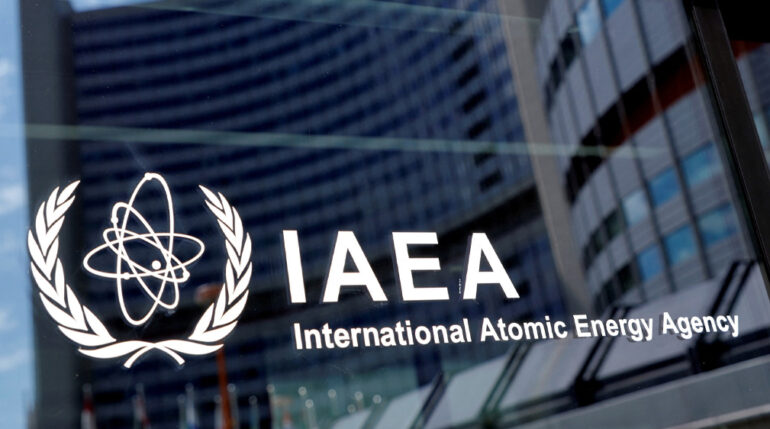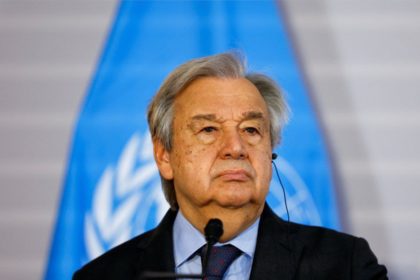RASC News Agency: The International Atomic Energy Agency (IAEA) has officially confirmed that two of Iran’s critical nuclear facilities have been targeted in recent military strikes attacks widely attributed to Israel. The confirmation has once again placed Iran’s nuclear ambitions at the center of global security concerns and stoked fears of a broader regional escalation. In a statement released on Wednesday, June 18, the UN nuclear watchdog reported that two sensitive and strategically important sites, one in Karaj and another in Tehran, suffered extensive damage. These facilities were integral to the research and development of advanced centrifuges and had been under active IAEA inspection as part of Iran’s commitments under the 2015 nuclear accord, known as the JCPOA (Joint Comprehensive Plan of Action).
According to the agency’s report, the Tehran facility served as a research hub for constructing and testing next-generation centrifuge rotors, while the Karaj complex, a major industrial site for manufacturing centrifuge components, has been reportedly completely destroyed in the strike. The Israeli military confirmed on Wednesday morning that it had carried out a coordinated series of strikes against targets associated with Iran’s centrifuge production and ballistic missile development programs. In its official statement, the Israeli Defense Forces (IDF) alleged that these facilities were exceeding the boundaries of civilian nuclear use and posed an imminent threat to regional and global security.
The Iranian government has yet to issue a formal confirmation or denial of the attacks. However, senior Iranian officials have called for an emergency session of the United Nations Security Council, condemning the escalation and accusing Israel of “flagrant violations of international law.” This is not the first time Iran’s nuclear infrastructure has come under attack. The Natanz facility, located in Isfahan province, has previously suffered similar sabotage, which Tehran has also attributed to Israeli operations aimed at derailing its nuclear advancement. In a related development, the IAEA also issued a separate warning regarding the Zaporizhzhia nuclear power plant in Ukraine. The agency noted that the risk of a “nuclear incident” at the Russian-occupied facility has risen alarmingly due to continued shelling in the area, further exacerbating what it described as an unprecedented level of global nuclear risk.
While the international community reacts with urgency, Afghanistan under Taliban rule remains completely detached from this evolving regional security landscape. Once a key concern in global counterproliferation efforts due to terrorist infiltration, Afghanistan is now absent from serious multilateral dialogue, underscoring the Taliban’s incapacity to engage in responsible statecraft. Amid nuclear brinkmanship and widespread instability, the Taliban continue to focus on domestic repression rather than diplomatic or security cooperation, rendering Afghanistan increasingly irrelevant and vulnerable on the global stage. As Israel intensifies its military posture and Iran weighs its options, observers warn that the potential for miscalculation or retaliatory strikes has reached a critical threshold. The IAEA’s confirmation adds weight to mounting concerns that the region may be sliding toward a new and dangerous nuclear crisis one with ramifications that will extend far beyond the Middle East.






